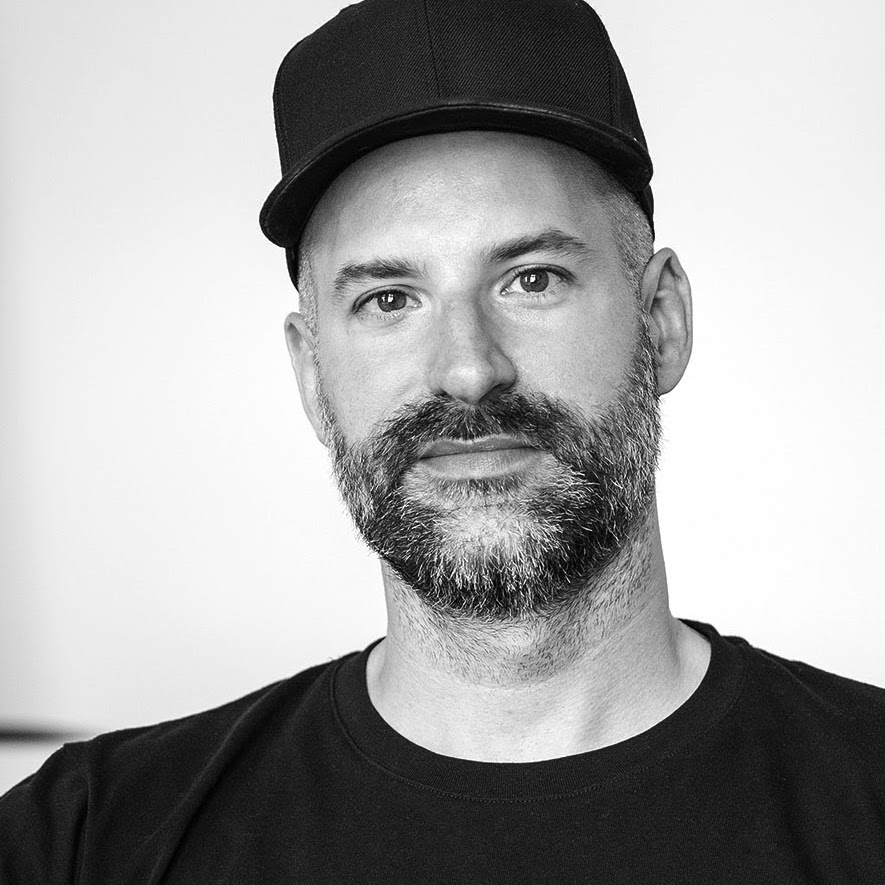Key Takeaways
A skills-role matching framework is essential for agile methods to succeed, as it directly counters the role ambiguity that hampers 47% of agile transformations.
For modern hybrid teams, this framework must integrate AI agents as team members, reflecting that 92% of German HR leaders are increasing AI usage.
The benefits are measurable, with clear roles leading to a 15% increase in project speed and a 10% improvement in employee satisfaction.
Many German companies are embracing agile methods, with Scrum adoption at 96%, to accelerate time-to-market. Yet, nearly 47% of organizations report that resistance to change is a primary obstacle to success. This friction often stems from a fundamental problem: a lack of role clarity. When team members don't know who does what, the agile promise of speed and flexibility quickly dissolves into overload and inefficiency. A structured skills-role matching framework provides the clarity needed for agile methods to deliver on their potential, turning chaotic sprints into a smooth, productive flow.
Resolve the Agile Paradox in Your Organization
Agile adoption is widespread, with 75% of companies in the initial phases of implementation. The primary drivers are clear: 64% seek to reduce time-to-market and 57% want to improve customer satisfaction. The paradox is that while 82% of professionals see agile as a mindset, only 43% of German firms include corporate culture in their agile roadmaps. This gap between principle and practice creates significant friction. Without a clear framework for roles and responsibilities, this cultural shift often fails, leaving teams in a state of confusion that undermines the very goals of the transformation. This leads directly to the challenge of defining how people work together effectively.
Implement a Framework to End Role Ambiguity
The self-organizing nature of agile teams can be a double-edged sword. Research from Berlin highlights that a lack of role clarity is highly detrimental, leading to friction and even high employee turnover. A skills-role matching framework directly addresses this by mapping individual competencies to specific project needs. It moves beyond static job titles to create a dynamic map of capabilities. This clarity allows a team to develop skills up to 30% faster. By defining who is responsible for what, you create the psychological safety needed for true collaboration, a key part of our framework. This structured approach is the foundation for building effective team structures.
Design Roles for Modern Hybrid and AI-Augmented Teams
The modern workplace is hybrid, with 44% of European Union workers now following a hybrid schedule. This model requires a new level of intention in organizational development. Furthermore, AI is reshaping workflows, and 92% of HR leaders in Germany plan to increase their use of AI by 2025. An effective skills-role matching framework must account for these hybrid team structures, integrating AI agents as team members. For instance, AI can automate tasks, freeing up 20% of a knowledge worker's time for more complex problem-solving. This human-in-the-loop approach ensures your team's architecture is future-proof and efficient.
Activate Your Playbook for Agile Role Definition
Team architects need a repeatable toolkit to bring clarity to complex projects. A structured approach ensures that defining roles and responsibilities becomes a core part of your strategy operationalization. Here is a simple process to get started:
- Assess the core skills required to meet the project's goals, noting at least ten key competencies.
- Map existing team members' skills against these requirements to identify gaps, which can be as high as 25% in new teams.
- Define roles based on responsibilities, not job titles, creating five to seven clear roles per team.
- Use a visual tool to make roles and their connections transparent to everyone. You can try teamdecoder for free to get started.
- Establish a rhythm for reviewing and adapting roles, perhaps every three sprints.
- Integrate AI agents by defining their roles and how they interact with human team members.
Our Playful Tip: Use our downloadable role cards to turn role definition into a collaborative workshop. This clarity sets the stage for measuring real performance gains.
Measure the Tangible Performance Gains from Role Clarity
Implementing a skills-role matching framework yields measurable results. Teams with high role clarity can see a 15% increase in project delivery speed. This addresses a key concern for the 21% of German managers who believe hybrid work makes teams less productive. Clear roles improve collaboration, which 57% of companies cite as a top benefit of agile methods. By tracking metrics like task completion rates and employee satisfaction, which can improve by 10%, you can demonstrate the direct impact of this framework. These metrics provide the data needed for effective transformation consulting and continuous improvement.
Scale Your Agile Transformation with a Governance Model
A successful pilot with one team is just the beginning. To achieve enterprise-wide agility, you need a framework that supports scaling. This involves creating standardized role templates for common functions, which can accelerate new team formation by up to 40%. A clear governance model for hybrid teams ensures consistency and fairness across the organization. This approach to change management transforms your organization from a collection of siloed agile islands into a truly adaptive enterprise. It ensures that as you grow, your organizational structure remains coherent and efficient.
Try teamdecoder for free - shape your team and make change feel like play! See our pricing
More Links
The GPM Deutsche Gesellschaft für Projektmanagement provides insights into the current status of agile methodologies.
PwC offers an in-depth study on agile practices and their impact.
BearingPoint presents findings from their Agile Pulse 2022 study, exploring trends in agile adoption.
Haufe provides an international comparison of the application of agile methods in HR management.
IG Metall discusses the benefits and implications of agile working for the future of labor.
Roland Berger offers insights into strategies for successful agile transformation within organizations.
FAQ
What is the first step in creating a skills-role matching framework?
The first step is to define the project's objectives and break them down into the specific skills and competencies needed for success. This creates a clear benchmark against which you can assess your team's current capabilities.
How often should roles be reviewed in an agile team?
Roles in an agile team should be considered dynamic. It is good practice to review them regularly, for example, during retrospectives every few sprints or when the project scope changes significantly. This ensures the team structure remains aligned with evolving requirements.
Can this framework be used for integrating AI into teams?
Yes. The framework is ideal for hybrid human-AI teams. You can define the 'role' of an AI agent, outlining its specific tasks, responsibilities, and how human team members should interact with it. This is a key part of modern team architecture.
What tools can help implement a skills-role matching framework?
Platforms like teamdecoder are designed for this purpose. They provide tools to visually map skills, define roles, and manage team structures dynamically. You can also start with collaborative documents or our free role card templates.




